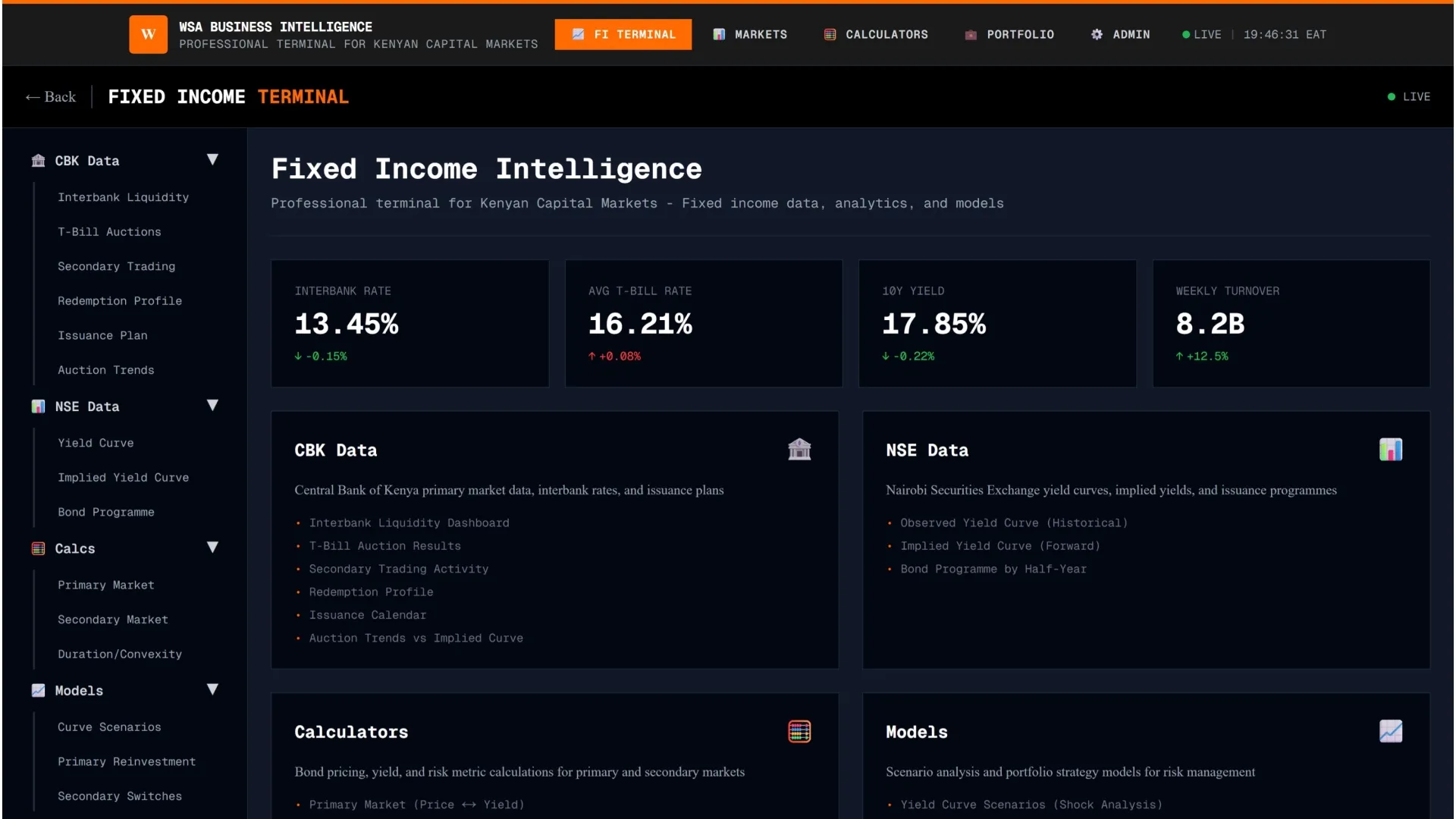The Kenyan market is jittery about the increases in price of food and non-alcoholic beverages even as majority doubt impact of inflation which has been easing for the better part of the year.
- •In a market perception survey conducted by the Central Bank of Kenya, 43 per cent of respondents from banks and non-banking institutions link the rise in food and non-alcoholic beverages to the seasonal demand during the festive period.
- •The latest Consumer Price Index (CPI) by the Kenya National Bureau of Statistics (KNBS) indicates that Food and Non-Alcoholic Beverages Index increased by 0.6 per cent between October 2024 and November 2024.
- •In particular, prices of sugar, maize flour-sifted and fortified maize flour rose by 5.3, 5.1 and 4.9 per cent, respectively, between October 2024 and November 2024, which provides national average prices of selected items.
“Respondents expected inflation to remain stable and below the midpoint of the target range, in November, December 2024 and January 2025, supported by lower food and fuel prices, and a stable Shilling,” according to the Survey.
Prices of potatoes (Irish), onion (leeks and bulbs) and cabbages decreased by 2.8, 2.7 and 2.6 per cent, respectively, between October 2024 and November 2024.
CBKs November Market Perception requested respondents to give their expectations of overall inflation rates for the next three months (November, December 2024, January 2025), the next 12 months (November 2024 – October 2025), the next 2 years (November 2024 – October 2026), and the next 5 years (November 2024 – October 2029).
“About 74 percent respondents expected lower inflation to be supported by moderating food prices due to favourable weather conditions. In addition, 68 percent of respondents expected stable fuel prices supported by weak global demand and downward review of local pump prices by Energy and Petroleum Regulatory Authority (EPRA) while 32 percent of respondents expected the stable shilling to support cheaper imports.”
Over the medium term, respondents expected inflation to remain anchored close to the midpoint of the target range on account of expected stability in food prices, lower fuel prices, and a stable Kenya Shilling.
About 73 percent respondents expected improved domestic food production supported by government subsidy towards the agriculture sector and good weather to support low inflation in the medium term.
Additionally, 46 percent respondents expected lower inflationary pressure from stable exchange rate leading to lower imported inflation while 40 percent of the respondents expected the global fuel prices to support low production costs leading to low inflationary pressures.
Nevertheless, 63 percent respondents indicated that risks emanating from geopolitical uncertainties on commodity prices may result in rising logistic costs, and consequently lead to increased food, fuel and other imports prices.
How Inflation Works – Kenyan Wall Street – Business, Markets & Finance Insights




